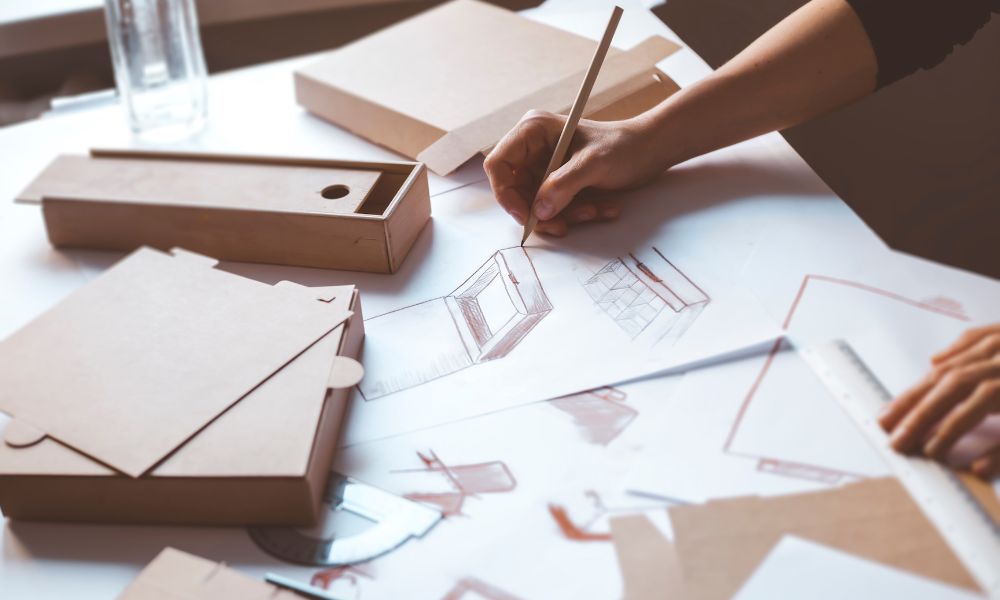
Packaging may not be the first thing on your mind when starting a new business, but it’s a decision that can impact your products’ success more than you might initially think. The right packaging can elevate your brand, protect your goods, and even influence customer decisions as they peruse products on the shelf. For small business owners, the right packaging can mean the difference between surviving and thriving in a competitive market. Learn how to determine the best type of packaging for your product.
Understanding Your Product and Market
The first step in choosing the best packaging is understanding what you’re selling and to whom. Is your product a robust mechanical part that requires sturdy, protective packaging? Or is it a delicate handcrafted item that would benefit from an artisanal, gift-like covering? Take the time to think about how customers will use and interact with your products.
Your packaging should showcase your products and enhance the users’ experiences. For example, luxury items often feature minimalist, high-end packaging to convey quality, while children’s toys may come in vibrant, playful boxes adorned with engaging graphics.
Practicality and Cost
When you’re starting out, it’s crucial to balance practicality with cost. Fancy packaging may be attractive, but it’s the practical, user-friendly designs that will set your brand apart. Bulky or inconvenient packaging could discourage repeat customers, no matter how pretty it looks. Additionally, costly packaging could eat into your profit margins, especially if it’s excessive or unnecessary.
Sustainability and Brand Image
In a world that’s becoming increasingly environmentally conscious, choosing sustainable packaging can be a powerful differentiator for your brand. Consumers are actively seeking out products with eco-friendly packaging and may even be willing to pay a premium for it. While sustainable packaging may initially be more expensive, it can save you money in the long run by reducing waste and appealing to customers who value sustainability.
Convenience and Protection
Your packaging should also be convenient for both you and your customers. Easy-to-use, stackable, and space-efficient options can streamline your storage and shipping processes. For instance, flat-pack boxes or pre-printed mailing bags with peel-and-stick seals can help reduce labor costs. Resealable Ziplock bags come with many advantages for your business, including extended shelf life, customer convenience, and a range of applications from food to retail products. Other packaging types, such as clamshell containers and blister packs, offer similar benefits.
In addition to convenience, your packaging must adequately protect your products from external elements and potential damage. This is particularly crucial for products that are susceptible to changes in temperature, moisture, or impact during transportation and storage.
The right packaging should meet what your products and customers need, the practical and financial constraints of your business, the ethics and ethos of your brand, and the logistics of everyday use. By keeping these key factors in mind, you can determine the best type of packaging for your product and ensure that your customers have positive experiences with your brand from the moment they receive their packages.






